The Evolution of Modern Doors Transforming Spaces with Style and Function
In the realm of architectural design, "modern doors" have emerged as pivotal elements that not only enhance the aesthetic appeal of spaces but also redefine functionality. As we examine the evolution of modern doors, it becomes evident that these structures have transcended their basic purpose of providing entry and exit, instead becoming iconic statements that reflect personal style and innovative design. From sleek minimalist designs to multi-functional systems that seamlessly integrate with their surroundings, modern doors are transforming both residential and commercial environments. This exploration delves into how these doors symbolize the intersection of form and purpose, illustrating their influence on contemporary spaces and the way we experience them. Ultimately, the evolution of modern doors showcases a commitment to style, practicality, and a deeper understanding of the spaces we inhabit.
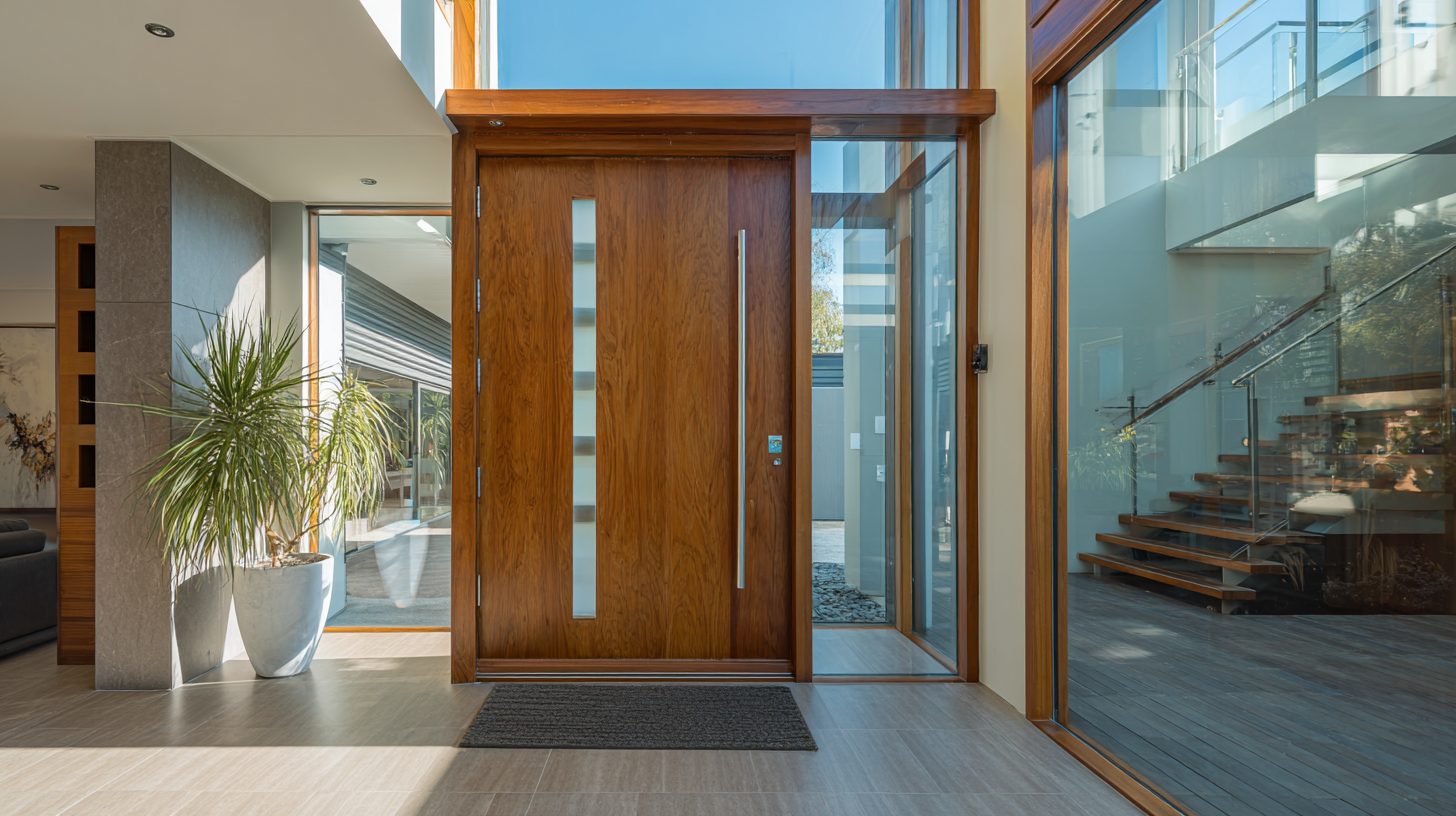
The Historical Journey of Door Design Through the Ages
Doors have long been a fundamental aspect of architectural design, serving both practical and aesthetic functions. Historically, doors have evolved from simple wooden planks used in ancient civilizations to intricate designs that reflect the styles and technologies of their respective eras. Each period brought unique materials and craftsmanship, showcasing how societal changes influenced door design. For instance, the heavy wooden doors of medieval castles were symbols of security and power, while the delicate, ornate doors of the Renaissance often indicated wealth and artistry.
As we move into modern times, door design continues to transform in response to contemporary architectural needs and aesthetic preferences. The integration of innovative materials and smart technologies has opened up new possibilities. Today, doors not only enhance the visual appeal of a space but also incorporate functionality, such as energy efficiency and security features. This evolution highlights the ongoing dialogue between utility and design, making doors a significant element in shaping modern interiors and exteriors alike.
Innovative Materials Shaping the Future of Modern Doors
The evolution of modern doors is intricately tied to innovative materials that are reshaping both aesthetics and functionality in contemporary spaces. Traditional wooden doors are increasingly complemented or replaced by advanced materials such as fiberglass, aluminum, and composite options. These materials not only offer enhanced durability and resistance to the elements but also facilitate unique design possibilities that were previously unattainable. For instance, fiberglass doors can mimic the look of wood while providing superior insulation and security, making them an ideal choice for modern homeowners.
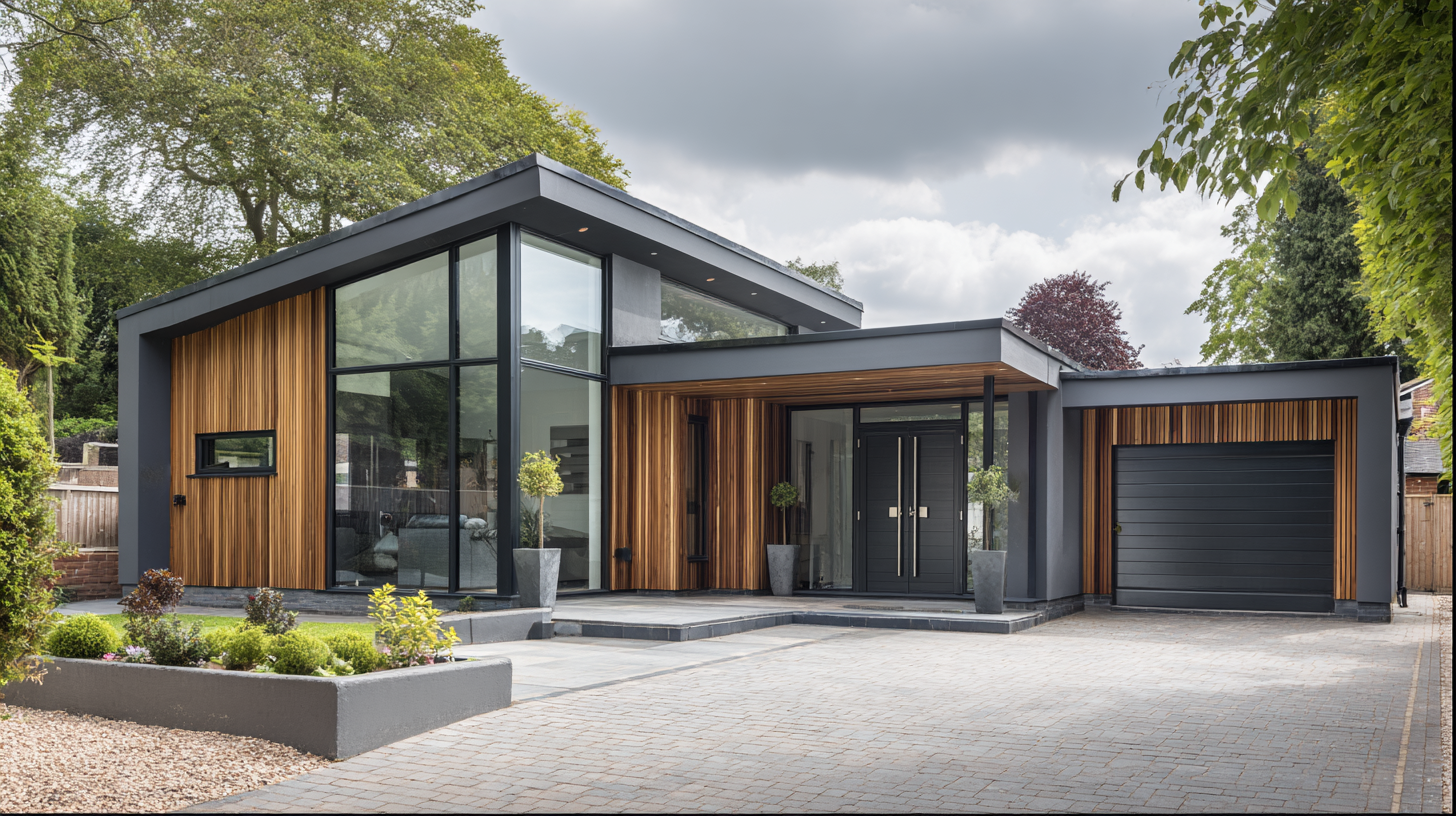
Moreover, sustainability is becoming a crucial factor in the selection of door materials. Eco-friendly options made from recycled or renewable resources are gaining popularity, appealing to environmentally-conscious consumers. Innovations such as thermally broken aluminum and engineered wood products reduce energy consumption while maximizing performance. As architects and designers embrace these materials, the future of modern doors is set to be a harmonious blend of style, durability, and environmental responsibility, transforming spaces into more functional and aesthetically pleasing environments.
Aesthetic Trends in Door Design: Balancing Beauty and Function
In contemporary design, doors have transcended their basic functional role to become key aesthetic elements in interior and exterior spaces. The current trends in door design highlight a delicate balance between beauty and utility, where each door serves not only as an entryway but also as a statement piece. Materials such as sleek glass, rich wood, and innovative composites are increasingly employed to reflect personal style while ensuring durability and security. The rise of minimalist designs underscores this trend, with clean lines and understated elegance appealing to modern sensibilities.
Color and texture also play vital roles in door aesthetics. Bold hues, mixed materials, and unique finishes are now being used to create visual interest and personality. Additionally, the integration of technology, such as smart locks and automated systems, adds a layer of functionality without compromising on style. This harmonious blend of art and engineering allows homeowners and designers to redefine spaces, making doors not just functional objects but also focal points that enhance the overall ambiance of the environment.

The Role of Smart Technology in Contemporary Door Solutions
In recent years, the integration of smart technology into contemporary door solutions has revolutionized how we approach security and convenience in our daily lives. According to a report from MarketsandMarkets, the smart door lock market is expected to reach USD 1.84 billion by 2025, growing at a compound annual growth rate (CAGR) of 12.5%. This surge reflects a growing consumer desire for enhanced security features that can be controlled remotely, allowing users to lock or unlock doors from their smartphones.
Smart technology not only enhances security but also contributes to energy efficiency and home automation. For instance, reports from ResearchAndMarkets indicate that smart home automation is projected to reach USD 174 billion by 2025, with doors playing a crucial role in this evolution. Automated door systems can now sync with other smart devices, such as sensors and alarms, to create a seamless and intelligent home environment. Such innovations not only enhance the aesthetic appeal of entrances but also provide practical solutions that cater to modern living standards, making homes safer and more efficient than ever before.
Sustainable Practices in Modern Door Manufacturing and Design
In the contemporary landscape of architecture and interior design, modern doors have evolved not only in aesthetics but also in alignment with sustainable practices. Manufacturers are increasingly focusing on eco-friendly materials such as reclaimed wood, bamboo, and recycled metal to reduce their environmental footprint. These materials not only bring a unique character to each door but also contribute to a healthier indoor environment, minimizing harmful emissions that can arise from non-sustainable production processes.
Furthermore, energy efficiency is becoming a hallmark of modern door design. Products like insulated doors enhance thermal performance, reducing energy consumption and costs for homeowners. The incorporation of advanced technologies, such as smart locks and automation, also showcases a commitment to sustainability by enabling better energy management and security. These practices reflect a broader industry shift toward mindful manufacturing, ensuring that the evolution of modern doors is harmonized with the principles of environmental stewardship and functional design, ultimately transforming spaces into stylish yet responsible living environments.
The Evolution of Modern Doors: Material Usage Over Time
Related Posts
-
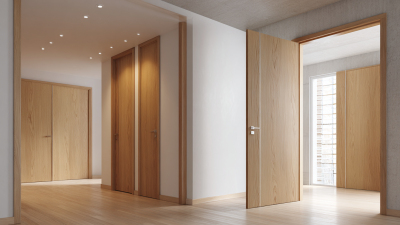
Understanding the Benefits of Made to Measure Doors: A Comprehensive Guide for Homeowners
-

Exploring the Growth and Opportunities for Door Fitters at the 138th China Import and Export Fair 2025
-
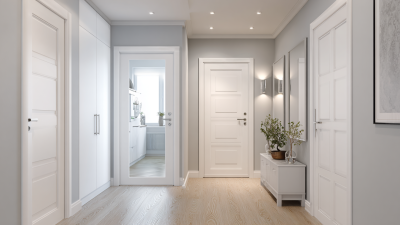
5 Essential Tips for Choosing the Perfect White Internal Doors
-

Transform Your Home: The Ultimate Guide to Choosing White Internal Doors for Every Room
-

Why Choosing Black Internal Doors Can Transform Your Home's Aesthetic and Functionality
-
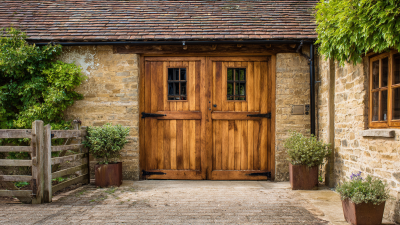
7 Essential Tips for Choosing Solid Oak Doors: Discover the 90% Durability Advantage
